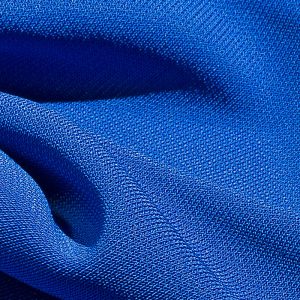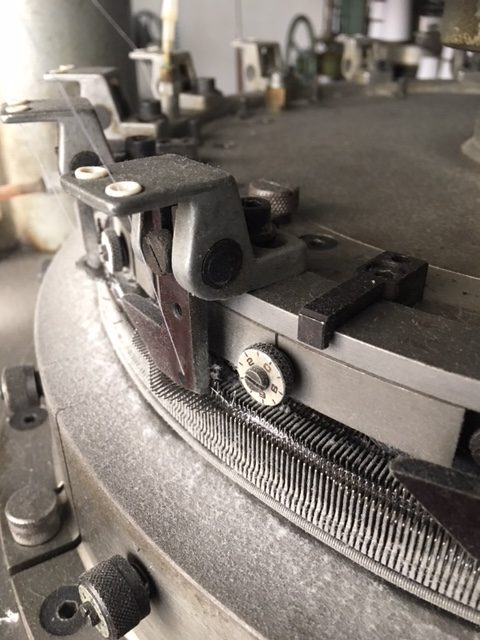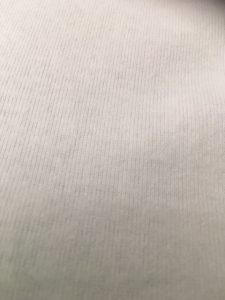Health and natural fabrics
It is important to understand that health and the use of natural fabrics go together. Wearing clothes made of natural fabrics is very important: garments are our second skin. Our skin is an organ which has two functions: It gives energy by absorbing air, light and heat, and it expells toxins. Together with other organs such as the kidneys, the intestin the liver and the lungs, it frees the body of unuseful waste materials; natural fibers allow your body to freely perform these processes.
Natural fibers
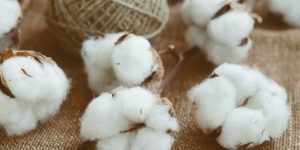
A long time ago, all the fabrics were natural, for example, cotton, wool and silk. These materials were and still are beneficial to our health and furthermore they do not pollute the environment. The world of fashion and clothing has completely changed since the invention of synthetic fibers, which are very resistent, easy to care for and economical.
Synthetic fibers
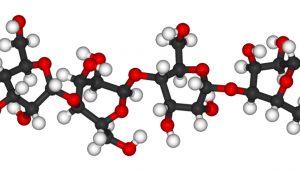
Most of the synthetic fibers are produced from petrol, using a very complex chemical treatment they are transformed into threads. The resulting fibers are not very breathable, consequently they can create allergies when in contact with the skin. Synthetic fibers are not reactive like natural fibers, they trap heat and humidity creating a breeding ground for bacteria. It is a well known fact that after a few hours of wear synthetic fibers emit a very unpleasant smell, this is due to the deterioration of the bacteria trapped in the structure of the fiber. Another negative point , is the large amount of electrostatic charges they accumulate which our bodies struggle to dispose of. In the long run, this phenomenon damages the nervous system, causes stress and destroys the intestinal bacterial flora; definately not ideal conditions for our body and its well being.
Buying a natural fabric garment
All the items which come into contact with the skin, such as underwear, shirts, socks, sheets and blankets should be made in natural material. New born, babies, the sick, people who sweat a lot and those who have heavy manual jobs, should wear clothes made in natural material.
The benefits of natural fabrics
In warm temperatures, it keeps the body fresh, in contrast, whilist if left raw, the fluff insulates the body enabling it to be used in cold seasons. Cotton is a very resistent fiber which has an excellent capacity to absorb humidity, furthermore it can be washed at any temperature.
Silk:
Its the most prestigious natural fiber, which has incredible capacity to insulate and is completely hypoallergenic; soft to touch and delicate on the skin, it protects the body from electrostatic charges, its an ideal luxury item in moments of stress
Linen:
Very difficult to iron, but is better than cotton to keep the skin dry; it has a high absorbant capacity, furthermore it doesn’t irritate the skin but rather cares for it. Linen is hypoallergenic and more breathable than cotton, consequently ideal for those who have delicate skin.
Wool:
This fiber is perfect both in summer and in winter, in fact it keeps the body temperature constant, absorbs perspiration but remains dry to the touch; ideal for babies also those with circulation problems rheumatism, neck problems or arthrosis.


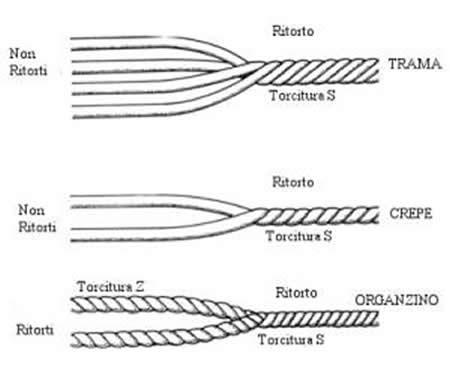
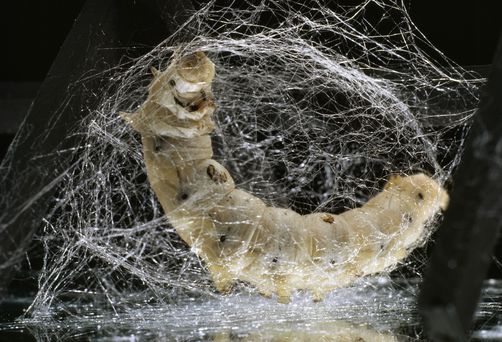
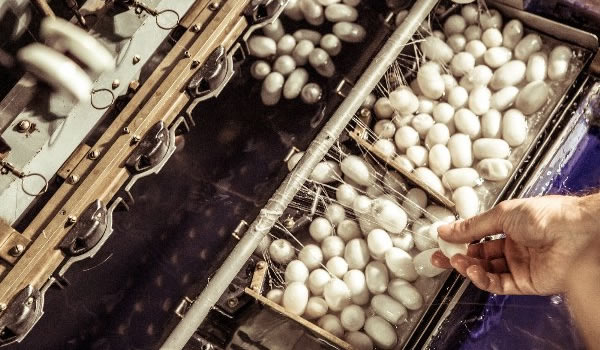
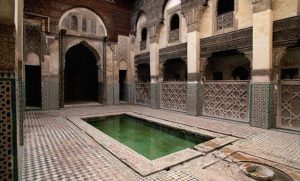 (Sahrij Madrasa built by Merinid – Morocco)
(Sahrij Madrasa built by Merinid – Morocco)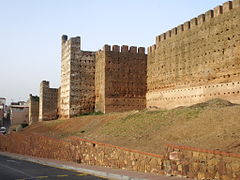 (Merinid walls – Ceuta – Morocco)
(Merinid walls – Ceuta – Morocco)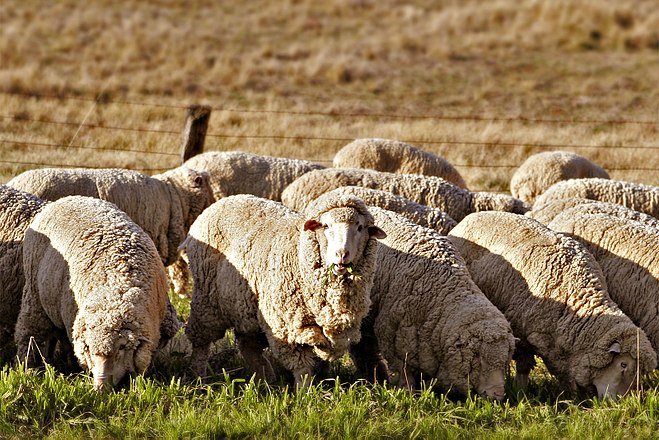
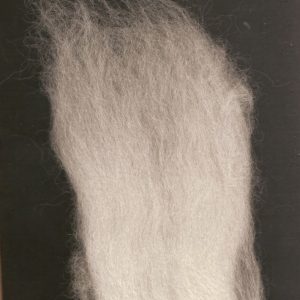 (Merino wool fiber)
(Merino wool fiber)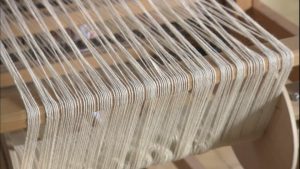



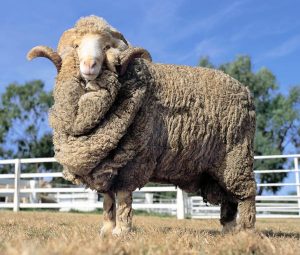
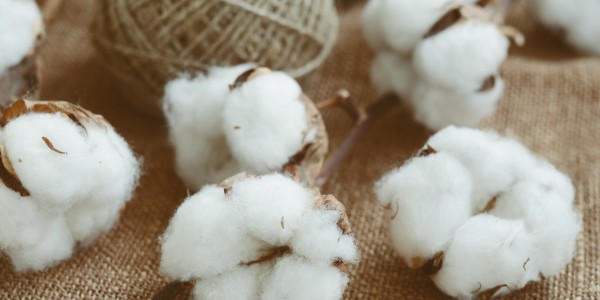
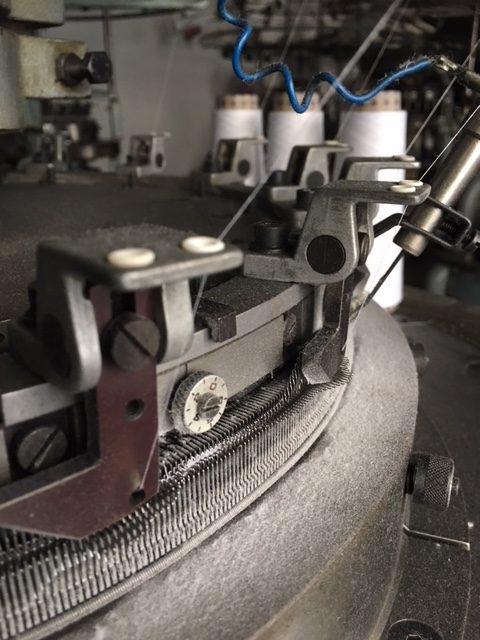
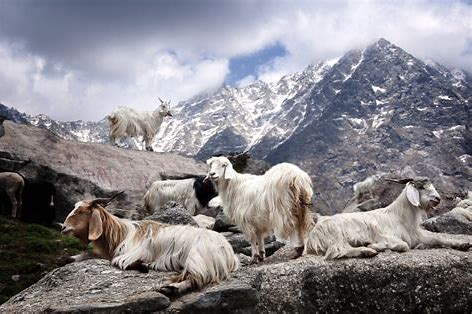
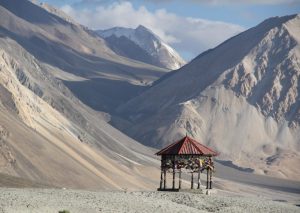 (Kashmir)
(Kashmir)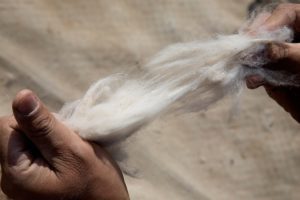
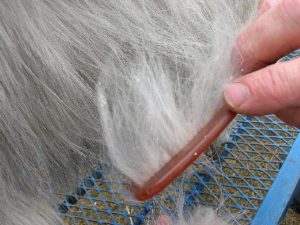
 (Cervo river)
(Cervo river)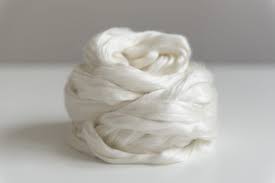 (Silk)
(Silk)